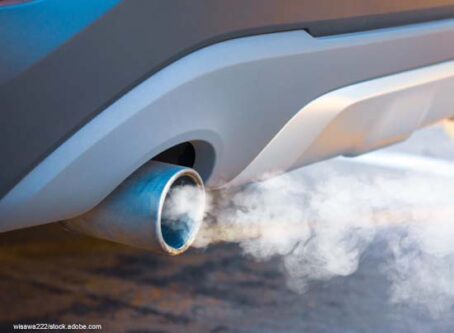NTSB recommends mandatory alcohol impairment detection systems
The National Transportation Safety Board is recommending that all new vehicles be equipped with passive vehicle-integrated alcohol impairment detection systems.
In a recent investigation report, the NTSB recommends that the National Highway Traffic Safety Administration require all new vehicles be equipped with passive vehicle-integrated alcohol impairment detection systems, advanced driver monitoring systems, or a combination thereof.
The recommendation comes after the NTSB investigated a fatal crash involving an SUV and a pickup truck.
The NTSB has no regulatory authority. It can only recommend regulatory changes to agencies that have the power to do so.
There is no indication whether NHTSA will take on the NTSB’s recommendation.
Crash details
At about 8 p.m. on Jan. 1, 2021, an SUV occupied by only the 28-year-old driver was traveling south on state Route 33 near Avenal, Calif. SR-33 is a two-lane roadway with one lane in each direction and a posted speed limit of 55 mph.
According to the NTSB report, the SUV driver had just left a New Year’s Day gathering, where he had consumed alcohol. He was driving at a speed between 88 and 98 mph.
The SUV partially departed from the paved roadway onto a dirt-and-gravel shoulder area to the right. The driver then made a steering correction to the left, causing the vehicle to go out of control. The SUV entered into the northbound lane and struck a pickup truck. A 34-year-old and seven passengers, ranging in age from 6 to 15 years old, were in the truck. The driver and child-age passengers were returning from a trip to Pismo Beach, Calif.
The pickup truck was traveling between 64 and 70 mph when it was struck head on by the SUV. All nine occupants died.
Toxicology reports revealed that the SUV driver’s blood alcohol concentration was more than double California’s legal limit of 0.08 grams per deciliter. Evidence of cannabis use was also detected. However, the NTSB was unable to determine whether the effects of cannabis use contributed to the driver’s impairment. LL









